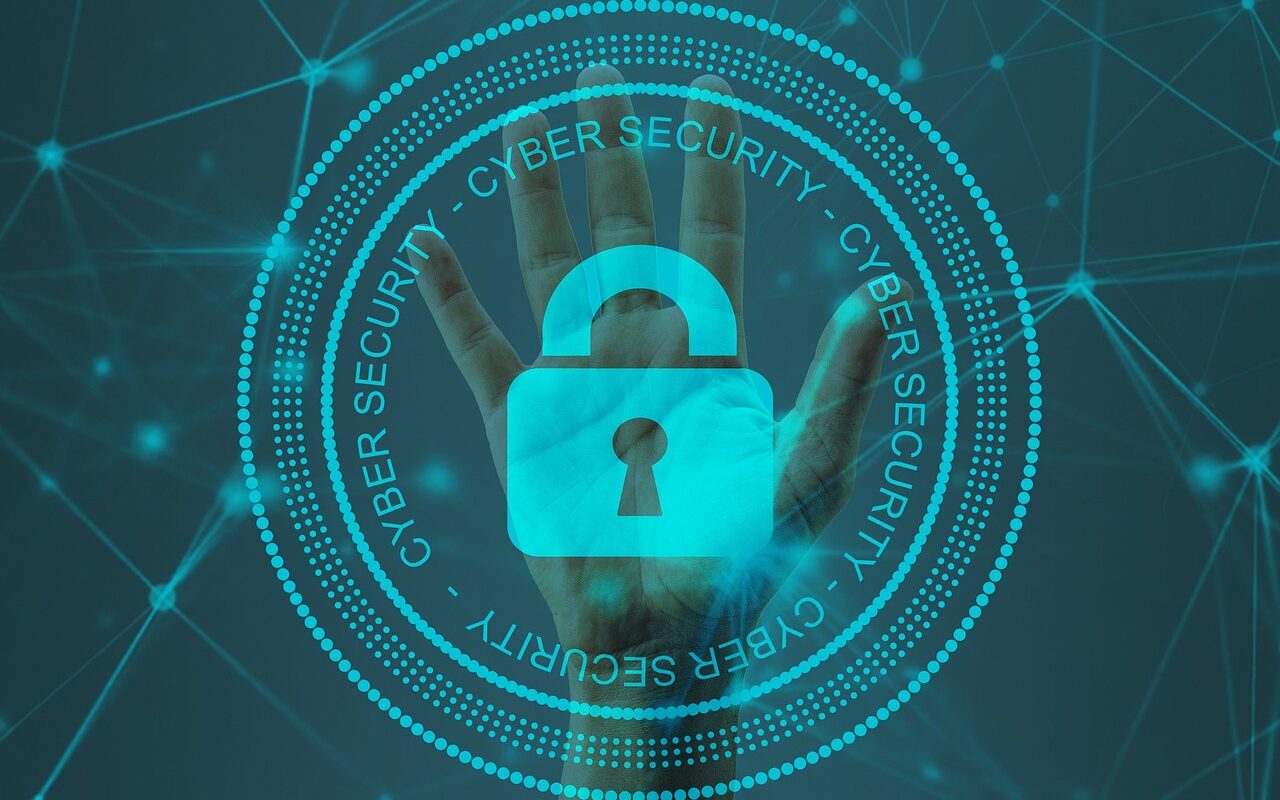The digital landscape always presents new challenges for businesses of all sizes. Cyber threats are growing and spreading like a zombie outbreak, making it essential to prioritize cybersecurity like never before. Protecting your business isn’t just about having a strong firewall anymore; it’s about creating a culture of security that often permeates every level of your organization. In this ever-evolving world where data breaches can happen in the very blink of an eye, understanding the fundamentals of cybersecurity is critical. From implementing robust password policies to adopting cutting-edge technologies like zero-trust architecture, there’s much you can do to safeguard your assets and maintain trust with customers.
Strong Password Policies
 Strong password policies should be the first line of defense against unauthorized access. With cybercriminals constantly searching for vulnerabilities, a weak password can be an open invitation. The application is pretty simple. Encourage employees to set up complex passwords that include a mix of symbols, letters, numbers, and even characters. This easily makes it harder for attackers to guess or crack them.
Strong password policies should be the first line of defense against unauthorized access. With cybercriminals constantly searching for vulnerabilities, a weak password can be an open invitation. The application is pretty simple. Encourage employees to set up complex passwords that include a mix of symbols, letters, numbers, and even characters. This easily makes it harder for attackers to guess or crack them.
Regularly updating passwords is equally important; set guidelines for changing them every few months. Adding multi-factor authentication (MFA) as an additional layer of protection is also a must.
Zero-Trust Architecture
Zero-Trust Architecture is transforming how businesses approach cybersecurity. Unlike traditional models that automatically trust users within the network, zero-trust assumes that threats could arise from anywhere. This method requires strict identity verification for every person or device attempting to access resources. It doesn’t matter whether they are inside or outside the company’s perimeter; no one gets a free pass. Implementing zero trust involves continuous monitoring and validation of user permissions. This ensures their actions remain limited and controlled even if an attacker gains entry.
Endpoint Security
Each laptop, smartphone, or tablet can be a potential entry point for cybercriminals. Implementing robust endpoint protection helps mitigate these risks. Start by ensuring all endpoints constantly have updated antivirus software. This acts as the first line of defense against malware and other threats. Regular updates are essential; they patch vulnerabilities before attackers exploit them. Consider using mobile device management (MDM) solutions to monitor and control devices accessing corporate data. This allows you to enforce security policies across various platforms.
Data Loss Prevention (DLP)
 But again, cyber-attacks can sometimes be overkill. No updated technology can prevent some cyber-attacks. In this case, DLP can be your safety net. It involves strategies and tools designed to protect sensitive data from unauthorized access, even theft, or accidental loss. Implementing DLP means identifying where your data resides. This includes files on local drives, cloud storage, and email systems.
But again, cyber-attacks can sometimes be overkill. No updated technology can prevent some cyber-attacks. In this case, DLP can be your safety net. It involves strategies and tools designed to protect sensitive data from unauthorized access, even theft, or accidental loss. Implementing DLP means identifying where your data resides. This includes files on local drives, cloud storage, and email systems.
Understanding the flow of information helps pinpoint vulnerabilities. DLP solutions can monitor these channels actively. They can block unauthorized transfers or alert you when risky behavior occurs. This proactive approach minimizes potential damage before it escalates. Cybersecurity should go beyond just a technical issue; it’s a fundamental aspect of running a business in today’s digital landscape. Investing in these cybersecurity essentials can make all the difference for your business in 2024 and beyond. Prioritize these measures today to protect what you’ve worked hard to build. Your company deserves a resilient defense against the evolving threat landscape we face together.

Comments are closed.